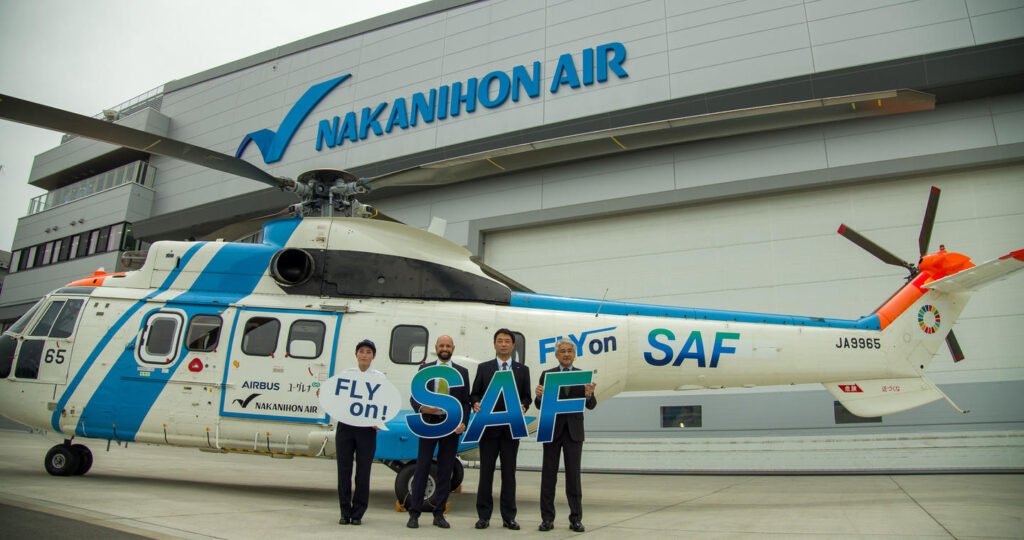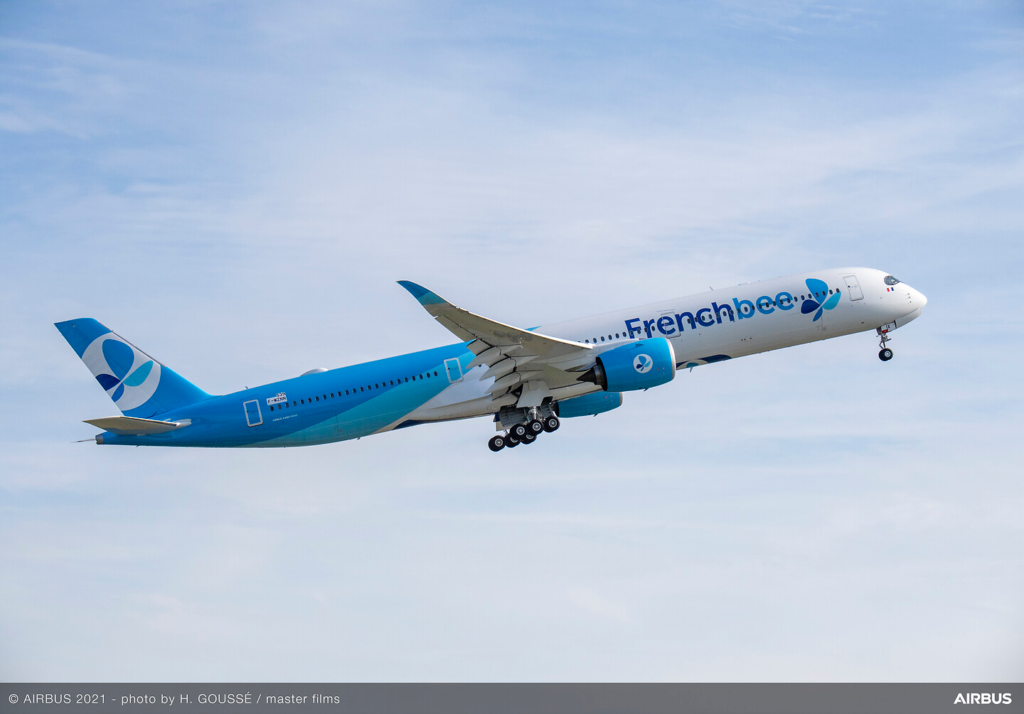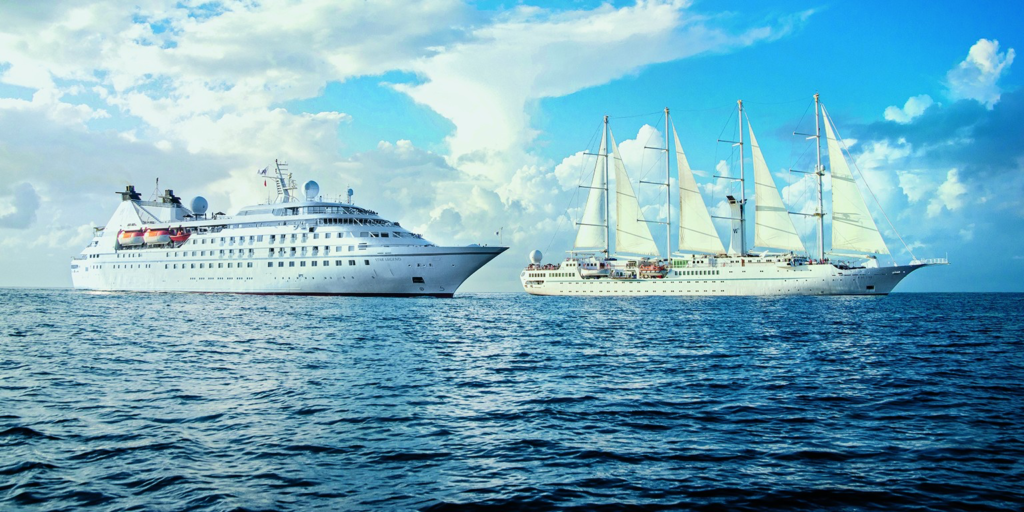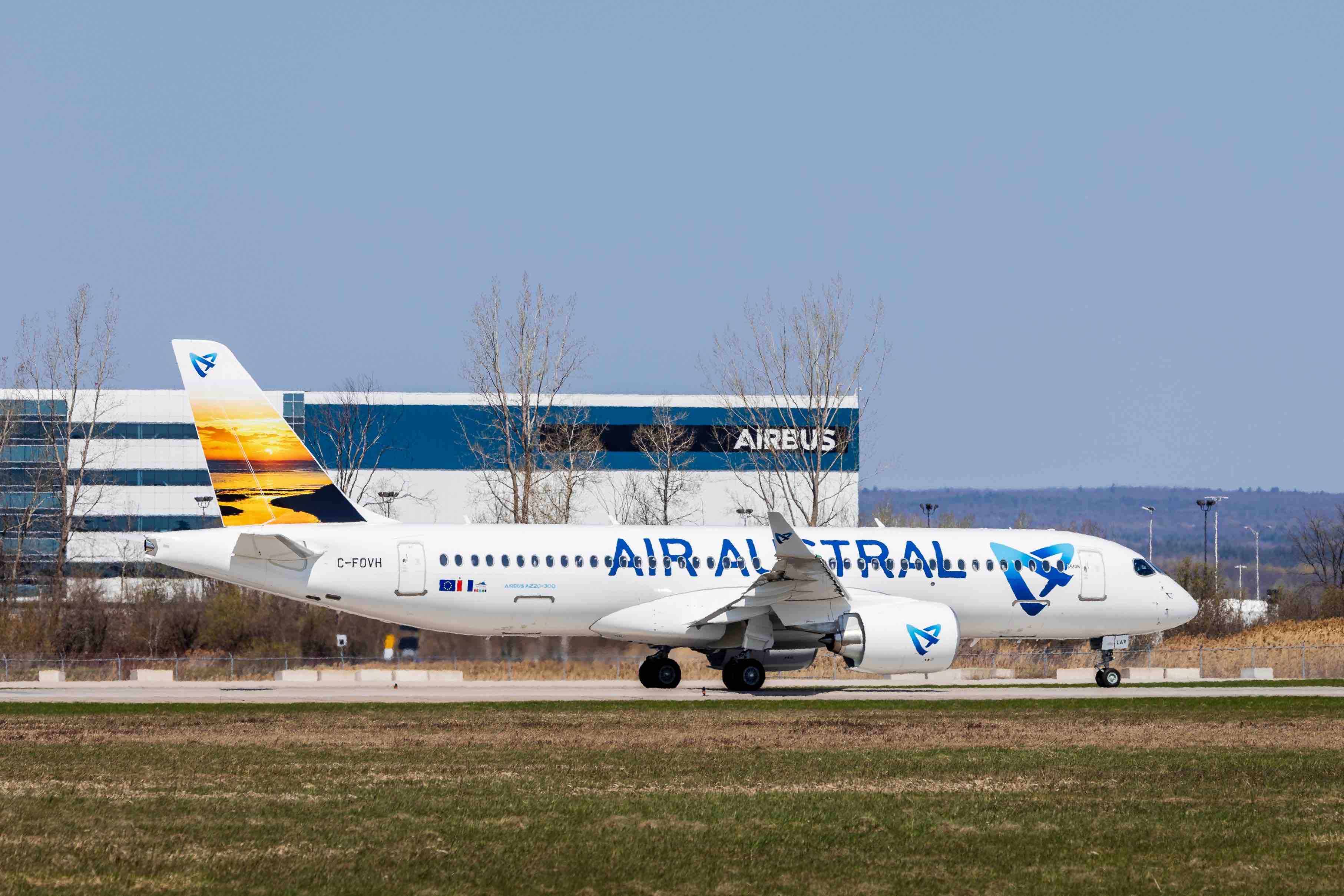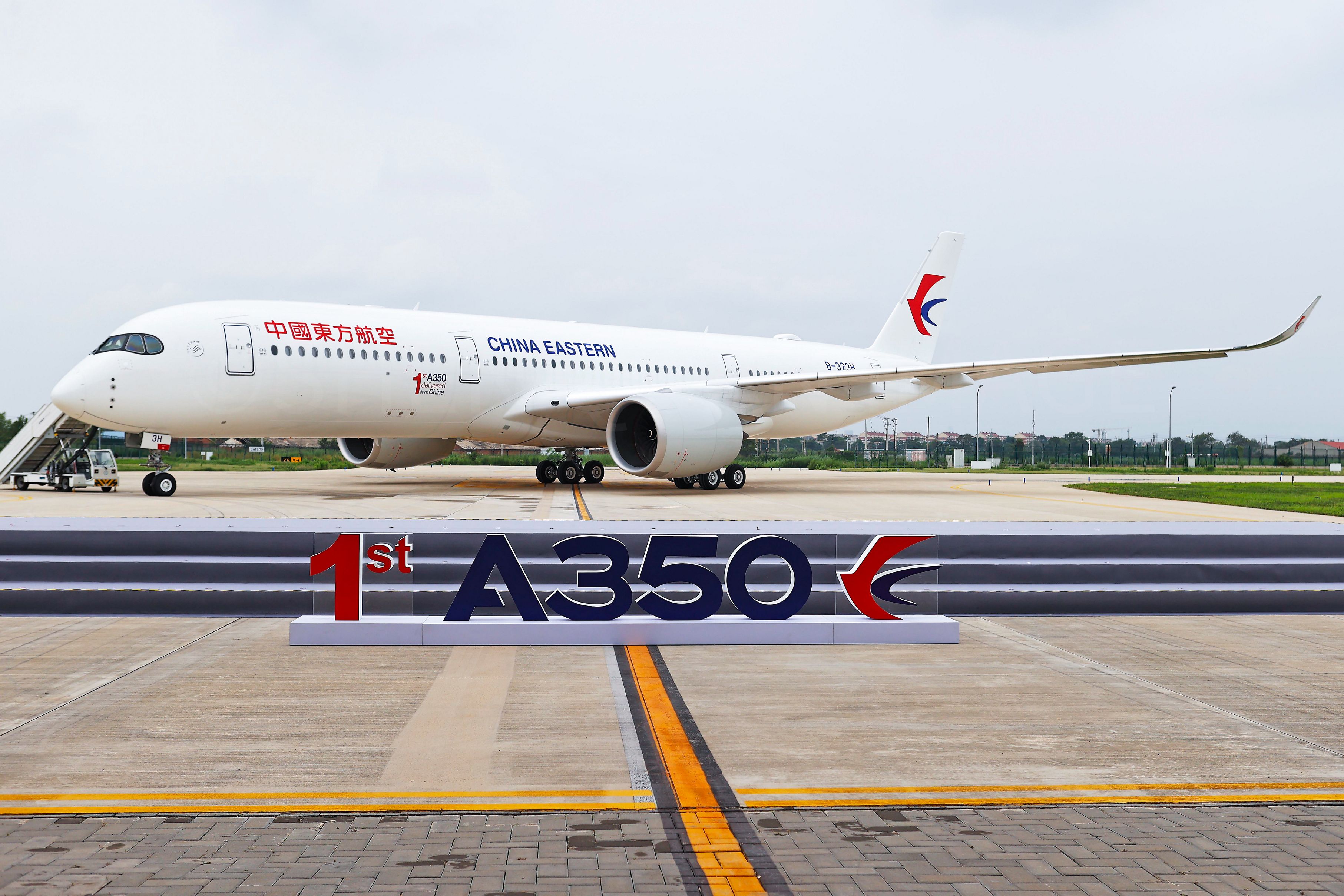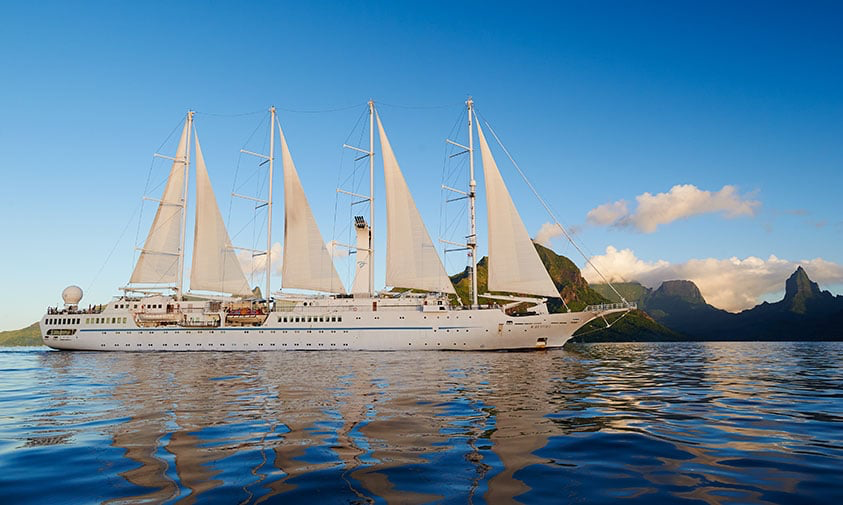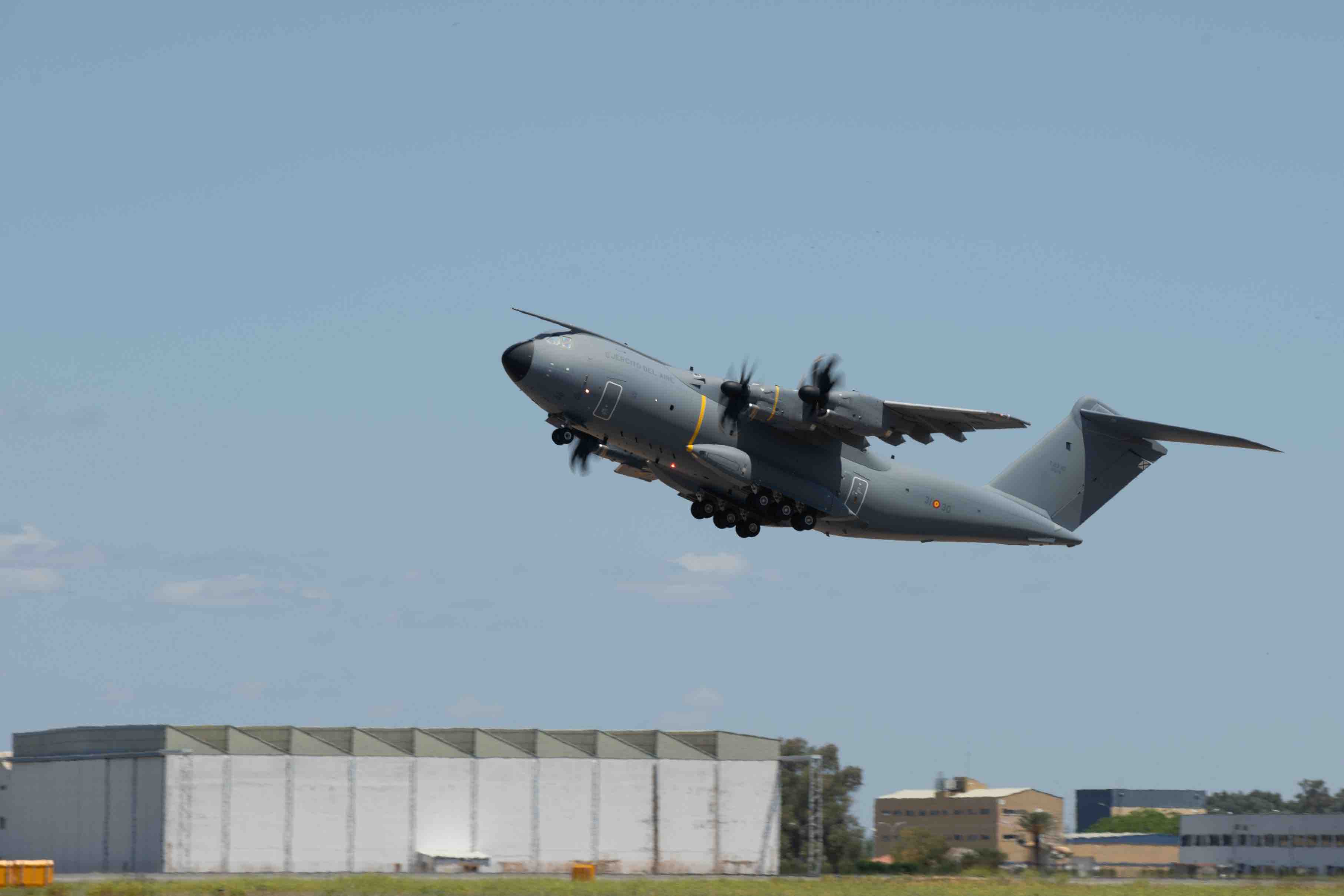Airbus inaugurates new Toulouse A320 Family final assembly line
Toulouse, France, July 10, 2023 – Airbus (OTC: EADSY) has inaugurated its new A320 Family final assembly line (FAL) in Toulouse during a ceremony attended by French Minister of Economy & Finance Bruno Le Maire, French…

